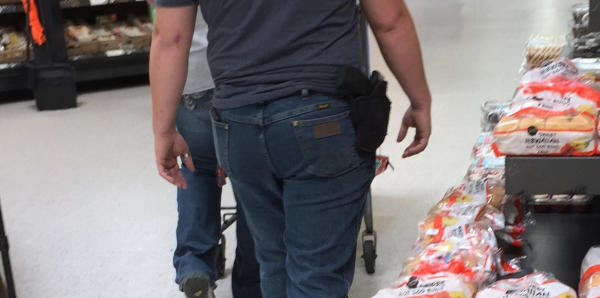
Concealed means hidden. It means additional effort to get the gun out and up on threat when needed -- and more effort to safely return it to the holster if it’s no longer needed.
Various times, I’ve attended events where there was to be range exercises and I recently attended requalification ranges for peace officer retirees under the Law Enforcement Officers Safety Act. Over the past several years, I’ve sought to work as much of that range time as I could from concealment.
I’ve not been in uniformed operations of any kind since 2001. While our investigations staff could wear “business casual” with exposed gun and badge on the belt, I did so for only a short time before my discomfort with “open carry” caused the cover garments to come out.
Regardless of the location of the rig on your body – or the number of guns you carry – it’s essential that they (1) be hidden, (2) be relatively easy for you to gain access to and (3) be secure on your person.
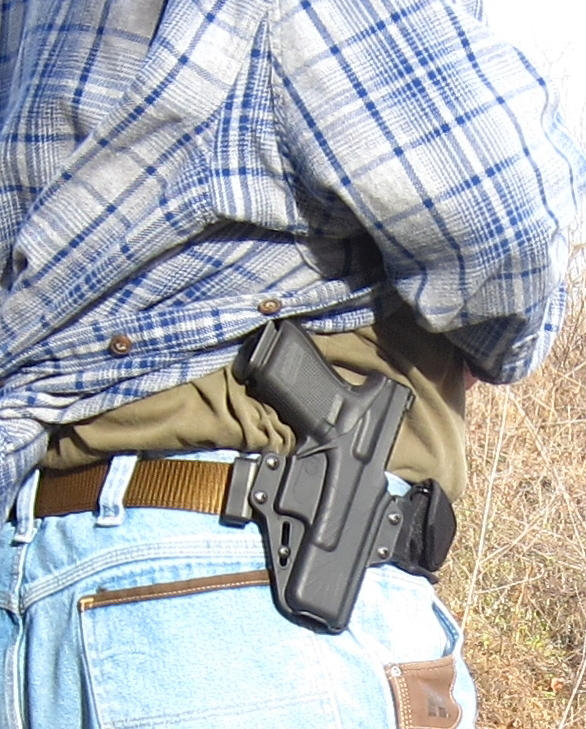
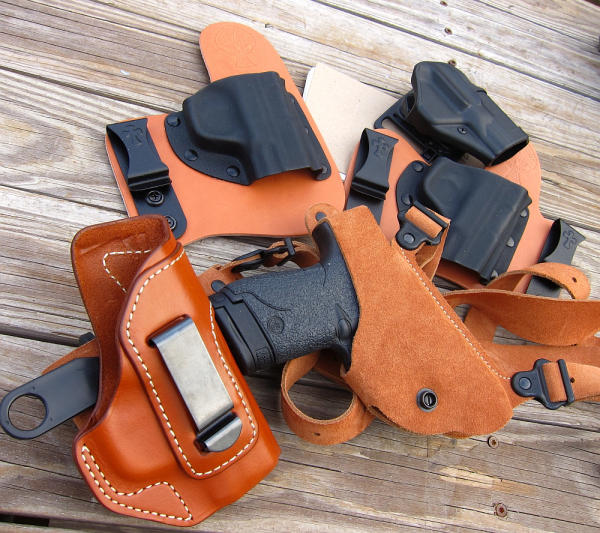
Most of the time I carried strong side right at or just behind the hip. At the time same, I carried a backup gun – on the ankle or in a pocket. I also carried spare ammo – two magazines when I was on the job, one since I “pulled the pin.”
There have been times when physical infirmity pushed me into alternative carry modes. Most recently this included wear inside the waist at “1 o’clock” and shoulder systems. The second gun was still present, but the ‘primary’ got moved.
As to the effort in presenting the gun when needed and stowing it when it’s not, the ideal is to have everything planned and practiced before you need it. The moments during and immediately after the near-death experience aren’t a good time to “learn” it.
In terms of the draw, removing the covering garment and getting a firing grip comprise the first task. Keep the support hand behind the muzzle; bring your hands together from the side.
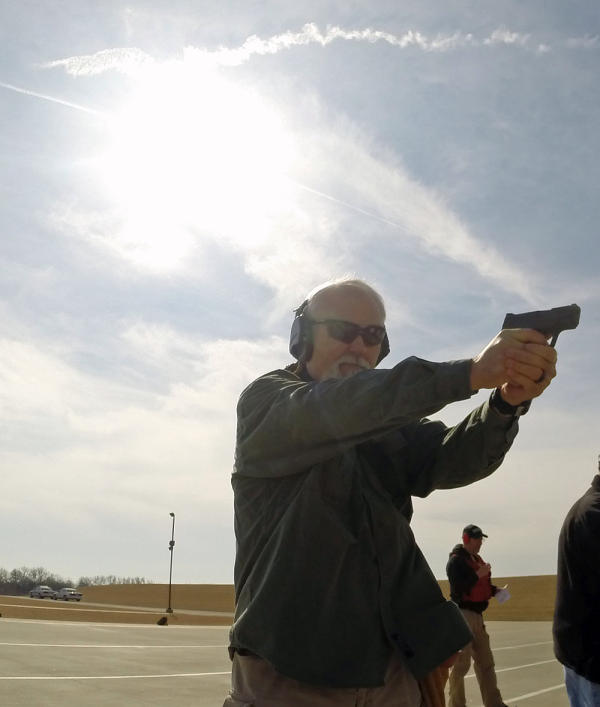
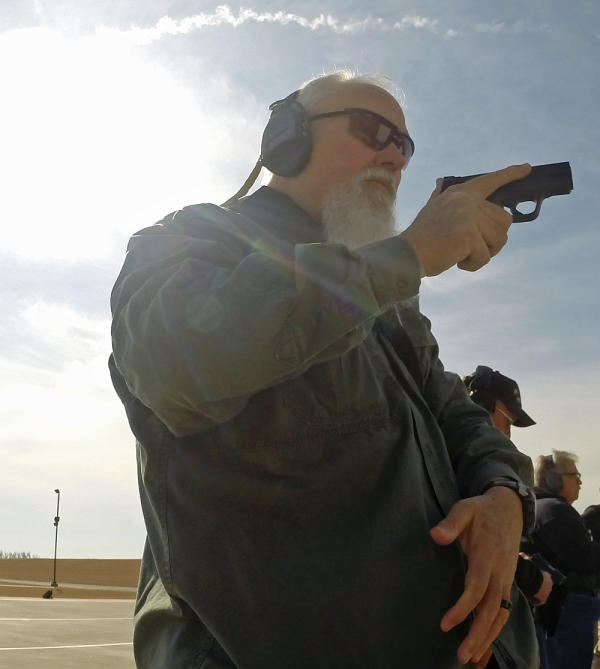
After shooting (or not) and before reholstering is the time for the hard break; there’s no more shooting to be done, the gun is topped up. The trigger finger is indexed high on the gun, thumb on the back of the slide. The non-shooting hand is headed to the hem of the garment to get it out of the way of the incoming handgun.
Reluctantly, thoughtfully, reholster the gun.
Putting the gun away takes some time, consideration and caution. I’ve been known to flare the muzzle away and run my thumb along the opening to the holster to ensure there’s nothing to get in the way of the gun going back.
If there is a problem with an untucked shirt, a closed holster or any other obstruction, I take care of that business before the gun goes back. I don’t let the shirt/jacket/etc. go into the holster with the gun.
For me, concealment is far preferred to indiscreet carry. It takes more effort but it’s well worth it. Since I carry the gun concealed, I take any range times – personal practice, retirees’ range, media events – as potential practice reps for when this could be needed for real.
- - Rich Grassi